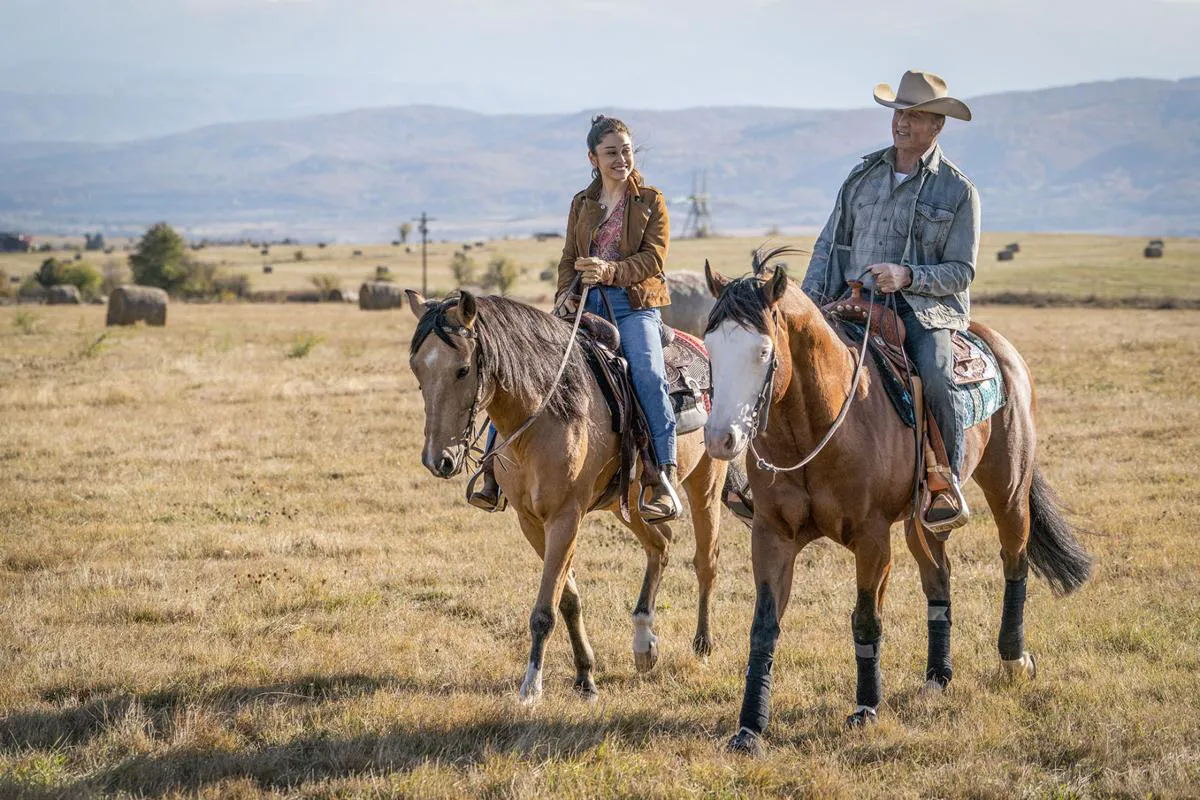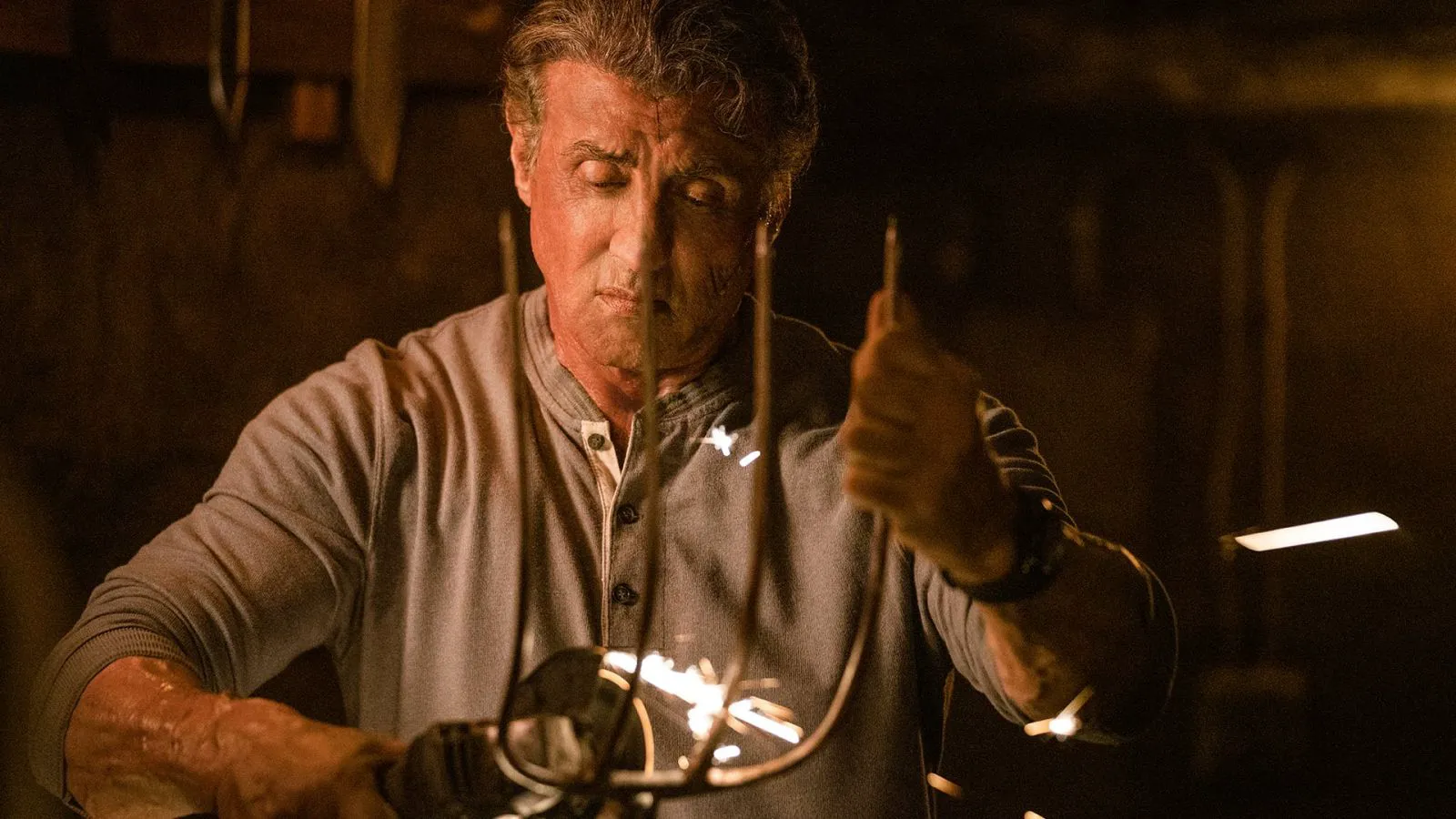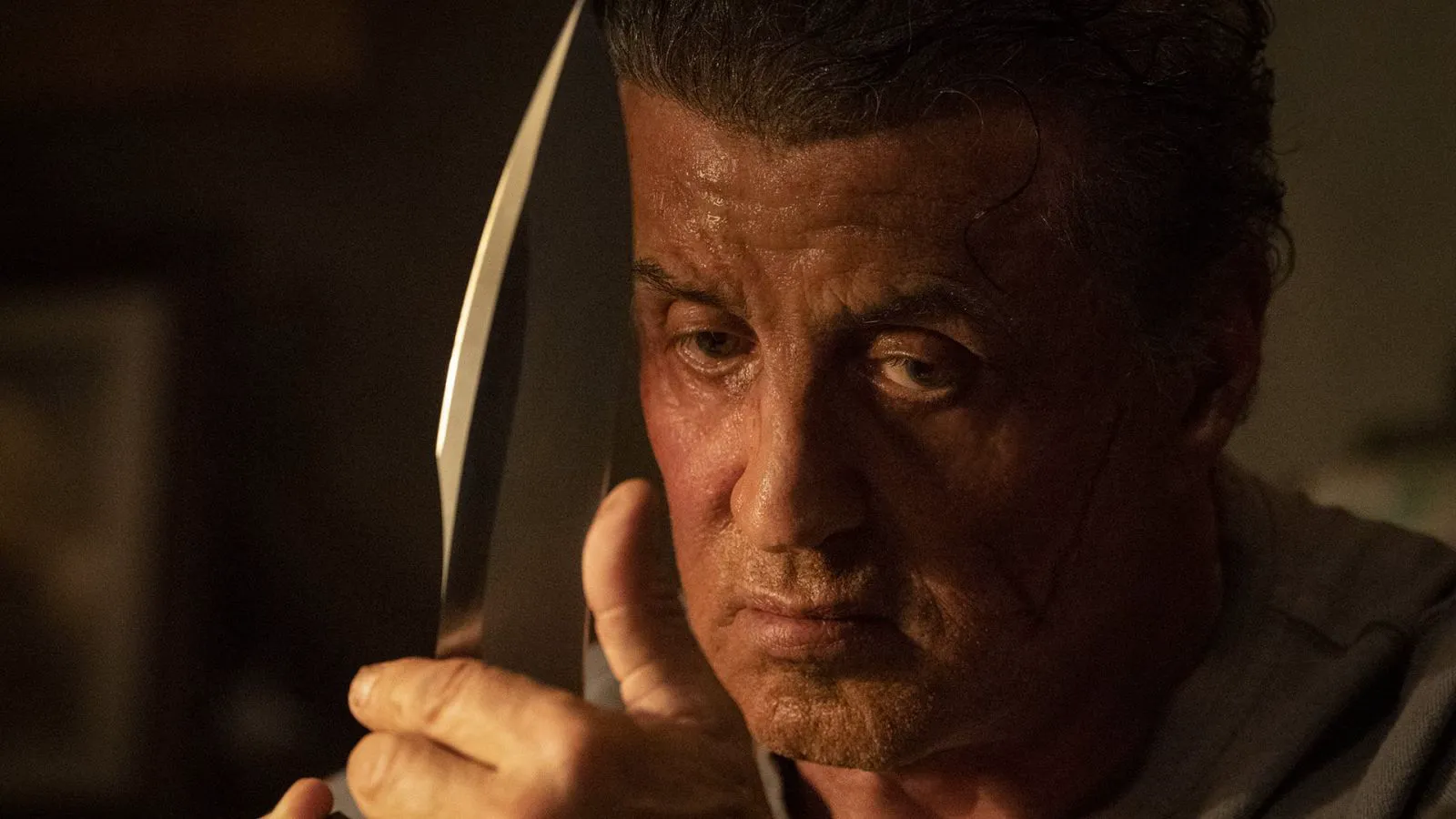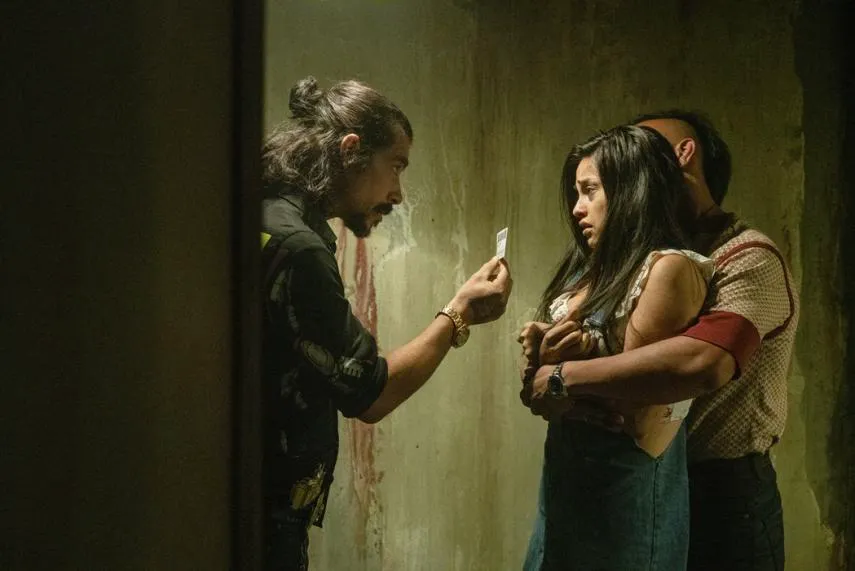An Unsure Drama of a Retired One-Man Army Explodes into a Fountain of Violence in the Finale
An aging John Rambo (Sylvester Stallone) spends his days on an Arizona ranch, breaking horses and preparing his niece, Gabrielle, for college. But the quiet life is shattered when she travels to Mexico to meet her biological father, who abandoned her, and falls into the clutches of a powerful cartel’s sex-trafficking ring. Rambo sets out to find her, crossing the border into Mexico.

American cinematic retirees have made a habit of visiting their southern neighbors. Not long ago, Clint Eastwood crossed borders, both literal and figurative, in “The Mule.” Now, it’s the turn of a character whose name evokes nostalgic tremors in anyone over 40. The direction of travel is clear, guided by the political climate. With Donald Trump’s desire to separate from Mexico with a wall, here we have someone who will build it with a bazooka and a machete.

It’s no coincidence that Rambo has resurfaced, his head resembling a deformed rubber tire, during Trump’s presidency. The furious Vietnam veteran was born in the 1980s under Ronald Reagan, who first appealed to voters with phrases about restoring America’s former glory. Given the powerful wave of '80s retromania and the Trump cosplay, the moment for the return of the video-salon warrior to the screens seemed quite opportune.

Contradictions and Questions
However, success and a sculpted veteran don’t always go hand in hand. The films in this franchise are like their protagonist: full of contradictions, utterly devoid of humor, and stubbornly headstrong, which doesn’t always make for an engaging viewing experience. Those born in the '70s don’t need a lengthy explanation of what to expect in the latest installment of the saga. But younger generations, with their heightened moral sensitivity, may wonder why they should watch a 73-year-old bruiser in tactical gear sitting on his porch in a rocking chair for most of the film, only to unleash a bloody massacre on cartoonish enemies in the finale.
Who is the woman living with him on the farm, constantly comparing Rambo to his father, and what is their relationship? How is his niece related to him? Did Rambo have a sister? What is the rainy night cataclysm we see in the film’s prologue? How did the independent journalist (Paz Vega) help Rambo (if at all) after he appeared on her doorstep seeking assistance? There are many questions, and it’s doubtful that Stallone himself knows the answers.

Berserker Mode
However, it’s best not to bother your uncle or father with questions. When elders have trouble articulating, they enter berserker mode and brutally slaughter blacks, whites, reds, Vietnamese, Japanese, Latinos, reptilians, you name it. And it must be admitted that it is precisely for these moments that we go to see Rambo films, not for deeply drawn characters or subtle psychological twists.
When The Doors’ “Five to One” blasts at full volume in an underground tunnel dug by a paranoid survivalist, and the blood starts flowing (the last blood?), all questions freeze in the viewer’s throat – except for one: why did they drag out this moment so mercilessly? Adam’s apples are torn out, innards are sliced with a knife, heads are severed, and finally, a heart is ripped from a chest with bare hands. Such sophisticated violence in such a potent concentration is what we might expect from a film by Nicolas Winding Refn, Ben Wheatley, Panos Cosmatos (son of the creator of “Rambo 2,” in case anyone didn’t know), or other authors who are far more familiar and palatable to millennials. Guilty? Absolutely. Pleasure? Definitely. Will it make the young respect Sly as much? Does he even need it?
A Glimmer of Hope
It seems that he does need it after all. In one scene, he and his faithful companion (partner? helper? housekeeper? totem animal?) watch his niece and her friends partying. The older woman describes the trap music blaring from the speakers as garbage, saying that the grass used to be greener. Rambo, shrugging, says, “I’m okay with it.” And when Stallone unleashes a simple montage of the best moments from the franchise during the end credits, and then gallops off into the horizon on horseback, the viewer has a vague suspicion that this character shouldn’t be buried just yet. He still has unfinished business.